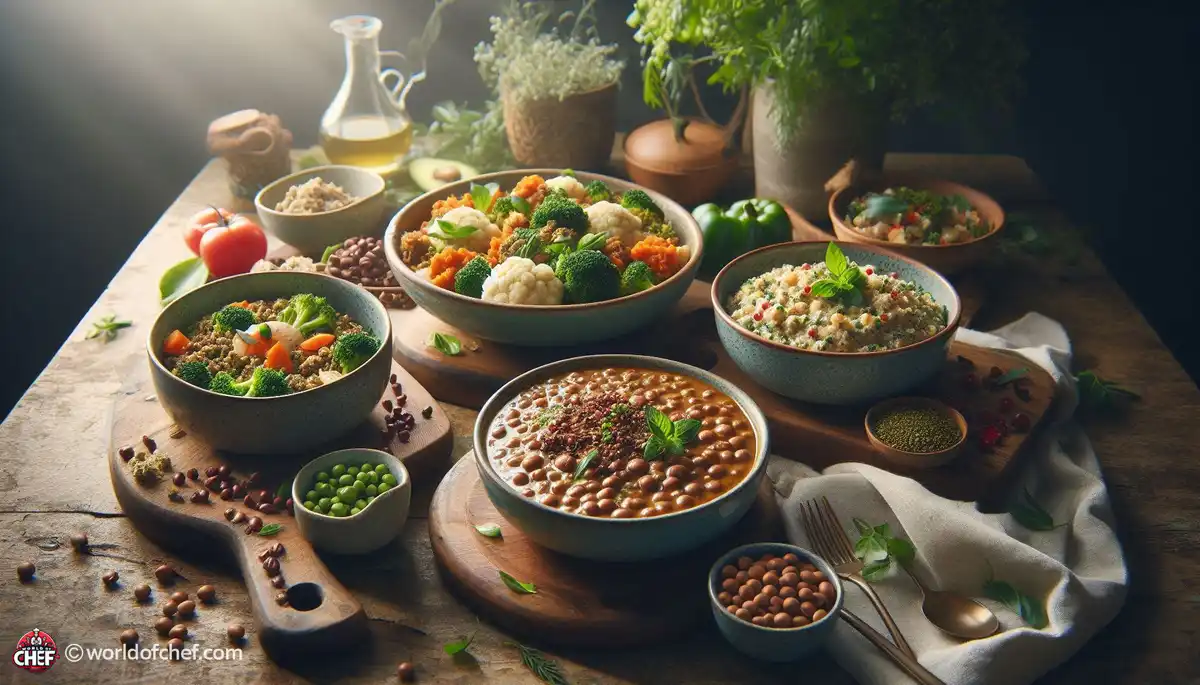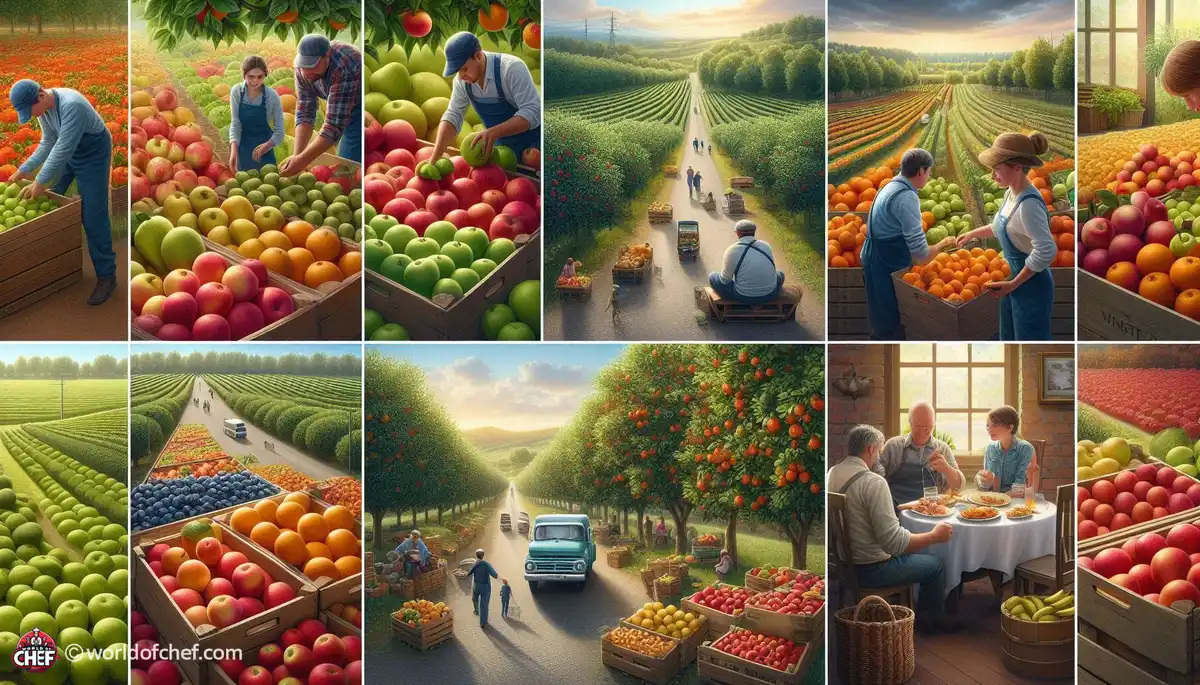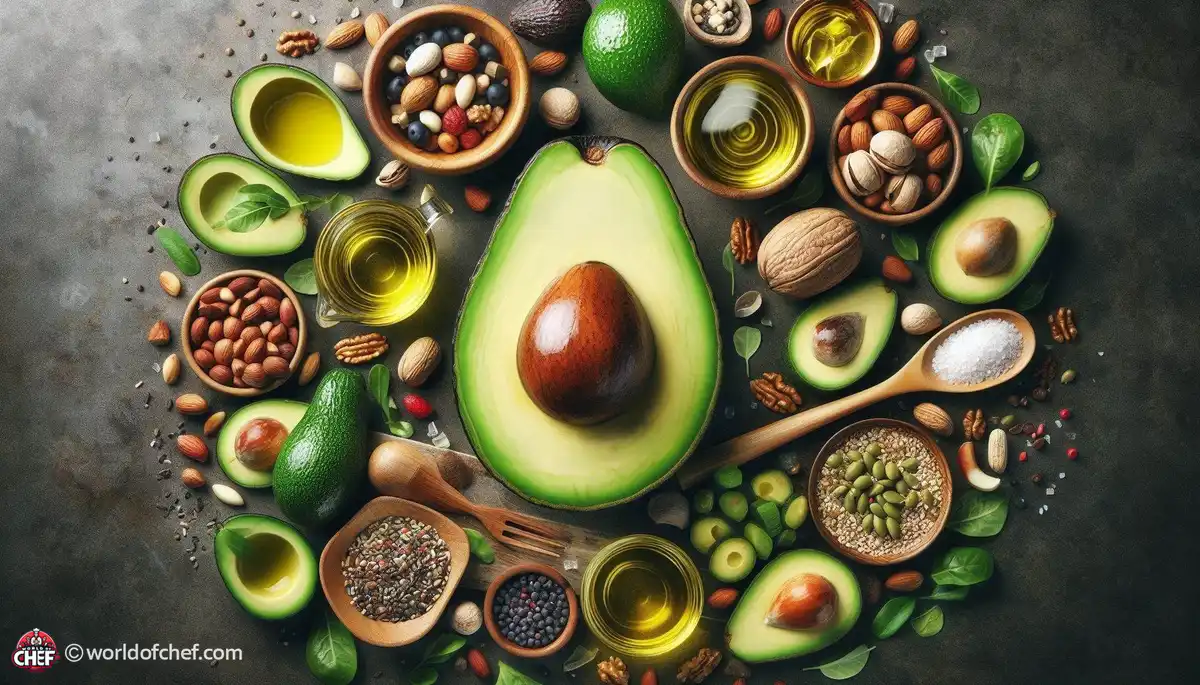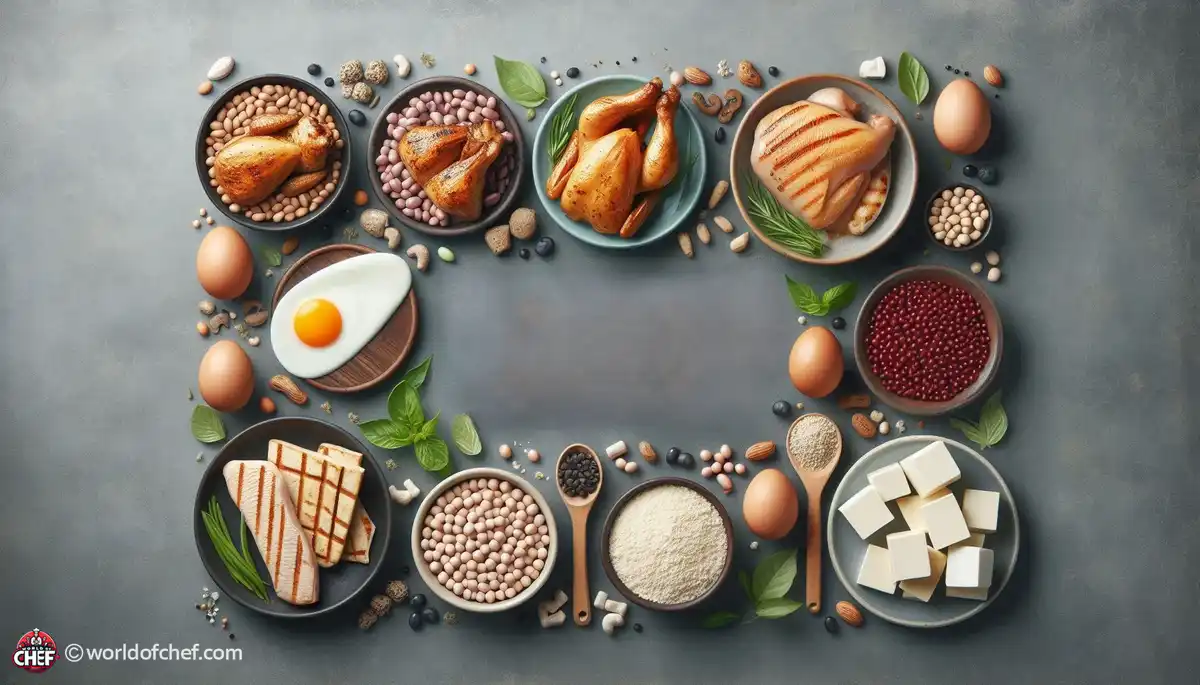
Dinner Delights: High-Fiber Recipes for Every Palate
Clarence Guido - Oct 7, 2024 - 7 min read


Orchards are more than just patches of land growing fruits; they're vibrant ecosystems teeming with life and diversity. From the sprawling apple orchards of Washington State to the quaint citrus groves of Florida, each orchard has its own unique character and charm. The diversity in orchards goes beyond the diversity of the fruits they may grow but also through the many species of flowers and fauna that inhabit orchards. You might come across bees buzzing around from flower to flower, different colored birds flitting between trees, or even a small furry critter scurrying about an orchard as you walk through. This biodiversity is not only an eyeful but also plays a very important role in the health and productivity of the orchard.
Behind every crunchy apple or juicy peach are a team of dedicated farmers who work tirelessly to cultivate fruit from blossom to harvest. Fruit cultivation is not an easy job; it requires a lot of planning, observation, and understanding of each fruit's needs. There are factors like unpredictable weather, pests, and diseases that may affect the health and yield of the orchard. From tree pruning during the winter period to use organic fertilizers during the spring season, every culture process has its balance as set out towards maximum yields.
The past years have been considered one of the strongest drivers in driving orchard places all around the globe. These placed them under extra strain toward sustaining ecological agriculture practices. It turned many farmers in other areas away to take to other production systems without harsh chemicals as much to keep some semblance of biodiversity around their area of production. These practices are integrated pest management, where the pest is controlled through natural predators, not chemical pesticides. This also involves the cover crop, which improves soil health and diminishes the process of erosion. Therefore, through such sustainable practices, orchardists do not only preserve the environment for generations to come but also grow healthier and tastier fruits.
It is a very sensitive art for fruit harvesting, which requires keen eyesight together with gentle touch. It again depends on the kind of fruit and what region they are being cultivated in; sometimes the season would be during the fall months for apples, and then sometimes during winter months for Citrus Fruits. The harvest season becomes all the more meaningful in that this directly influences flavour and quality. Harvest too early, and the fruit may not have ripened to maturity; too late, and it has softened and gone over the brink of ripeness. The expert orchardist instinctively knows when each fruit is ready to be plucked so that by the time it gets to your table, it is perfect.
With all fruit now ripe for picking, the real harvest can then begin. Workers gently take each piece of fruit off the branches without damaging them. This is a time-consuming process that requires lots of skill and precision for larger orchards and the harvesting of certain fruits. Just so, crates stuffed with hand-picked, Fresh Fruits are taken directly to the packing facilities and sorted as well as graded within. That is where such fruits found to be ruined or poor quality are actually removed in order to reserve only the best specimens at the marketing place.
Even though with the improvements by modern technology, hand-picked fruit harvesting certainly remains human taskwork. Though some work can be done using machines, such as shaking the trees to let the ripe fruit fall, most of the work is indeed done by human hands. This human touch is what makes fresh fruit so much superior to the mass-produced varieties; every piece is handpicked and handled with care, so only the best reaches your plate. Wholly from a family-owned orchard or a huge commercial undertaking, the love and passion from the people who brought that harvest to the dinner plate shine through with each and every bite.
Following the picking and sorting, fruit sets off on another stage of its journey-just not this country: the journey from the farm to the market. The distance for some of the fruits might be short in which produce moves a few miles to local farmers' markets or grocery stores, while others are grown more distant locations; the trip may be long, going through trucks, trains, ships, and even airplanes. With all these, the aim is that no matter how far, the fruit arrives at its destination fresh and appetizing.
It is not an easy task for those who have ever attempted transporting fresh fruits, especially perishable products like berries or stone fruits. One of the most important supporting elements in this regard comes through cold chain logistics. Even though refrigerated trucks are sufficient and necessary for some products, other infrastructures such as climate control in shipping containers are required in order to keep fresh fruits to the optimal temperature and moisture levels throughout the journey. This maintains the flavor and nutrient integrity of the fruit so it can be enjoyed by customers when it reaches its final destination.
In recent years, there has been a massive shift in consumers who feel a need to support more localized food systems. People started acquiring fruits from farms closer rather than faraway farms since buying and transportation reduce carbon emissions involved when sending the fruits long distances across. For most consumers, however, there remains a certain allure to fruits from far-off places. It is a balancing act of freshness and sustainability on the one hand and global flavors on the other that consumers have to dance through. After all, whether it's buying locally grown apples from a nearby orchard or enjoying exotic fruits imported from halfway around the world, the journey from farm to table is pretty fascinating.

Clarence Guido - Oct 7, 2024 - 7 min read

Lydia Timmerman - Oct 6, 2024 - 6 min read

Logan Trowbridge - Oct 6, 2024 - 7 min read

Wayne Tobar - Oct 4, 2024 - 8 min read